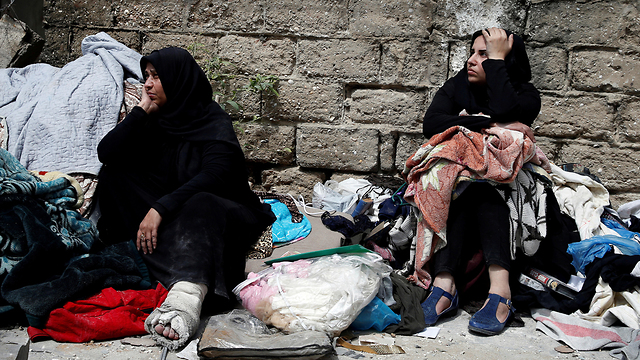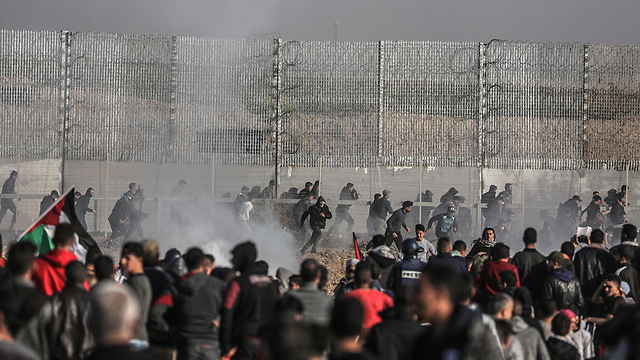It's a drizzle that is turning a steady stream.
Anyone who can, is leaving the Gaza strip. Some in Israel may consider this a positive development but let there be no illusion. Gaza is losing its intellectuals, its professionals and it's wealthy and is left on the verge of chaos.
The threat of another military conflict looms, with elections in Israel over and the long awaited 'deal of the century' about to be revealed.
Hamas has already admitted it cannot administer the strip and has called for help from outside, perhaps the Arab league, to step in and assist. There will be Anarchy.
Hamas leaders are keeping figures under wraps, but it is estimated over 20,000 residents have left since the 2014 armed conflict with Israel. Exact numbers are unknown, as many of those leaving; obtain false documents identifying them as Syrian refugees, so as to improve their chances of settling in Turkey, Greece and Belgium.
A European study of asylum seekers, conducted in 2017, found 4,500 Palestinians from Gaza residing in Greece but Palestinian sources report as least 6,000 are in Athens alone, most of them, carrying false passports.
Until recently, only very few people could leave Gaza. The Rafah crossing, into Egypt, was kept mostly closed so smuggling-tunnels and the sea were used. But the dangers were great. Smugglers, hired for the Sinai desert crossing, charged up to $12,000 per person exercising complete control over the refugees.
When the 'March of return' demonstrations began along the Gaza - Israel border, in 2018, Egypt kept the Rafah crossing open for 187 days a year, six times longer than their previous average.
60,000 people took advantage of the opportunity and crossed into Egypt. Israel also allowed 8,000 residents of Gaza, mostly student, to leave via the Allenby bridge crossing, into Jordan, provided they committed to staying away for at least a year.
Those who left with the Hamas authority's permission, number tens of thousands. But many more have applied and are required to pay Hamas upwards of $2000, a figure expected to grow three-fold by the time they reach Europe.
So while organized demonstrations take place weekly, along the border with Israel, and exact a high price in dead and wounded demonstrators; thousands of others, every month, pay cash to leave the strip.
The decision of 5 doctors to leave Gaza, despite the numbers of wounded demonstrators that continue to suffer serious injuries on the border, was condemned on social media.
Studies show that since 2014, a consistent 40% of young Gazans' say they would like to leave. Half say they would be happy never to return. The primary reason given is financial. In comparison, only 20% of Palestinians residing in the West Bank, say they would like to leave.
The anarchy taking hold of the Gaza strip manifests in residents leaving in droves but not only that. Growing numbers of suicides and suicide attempts are reported as are drug abuse crime and prostitution.
All of that could come crashing down on Israel's head.





















